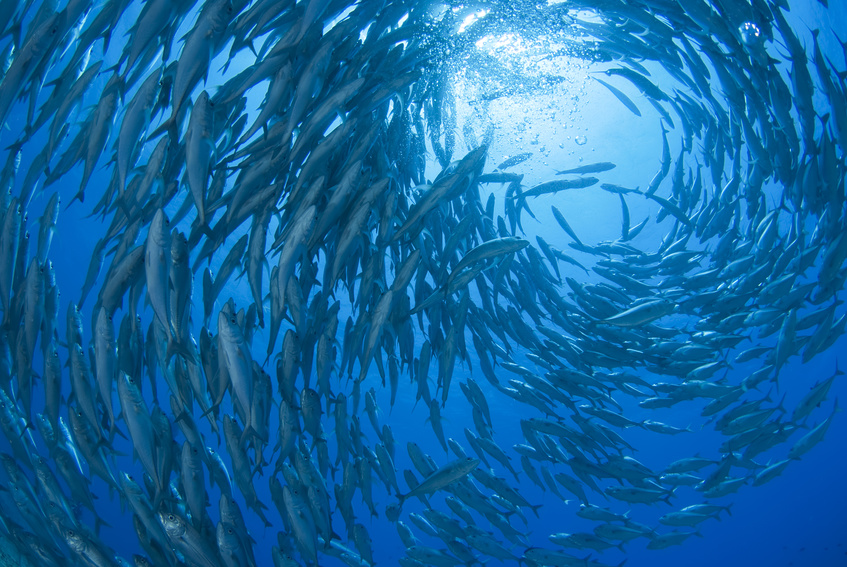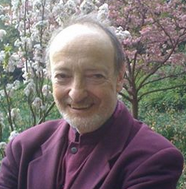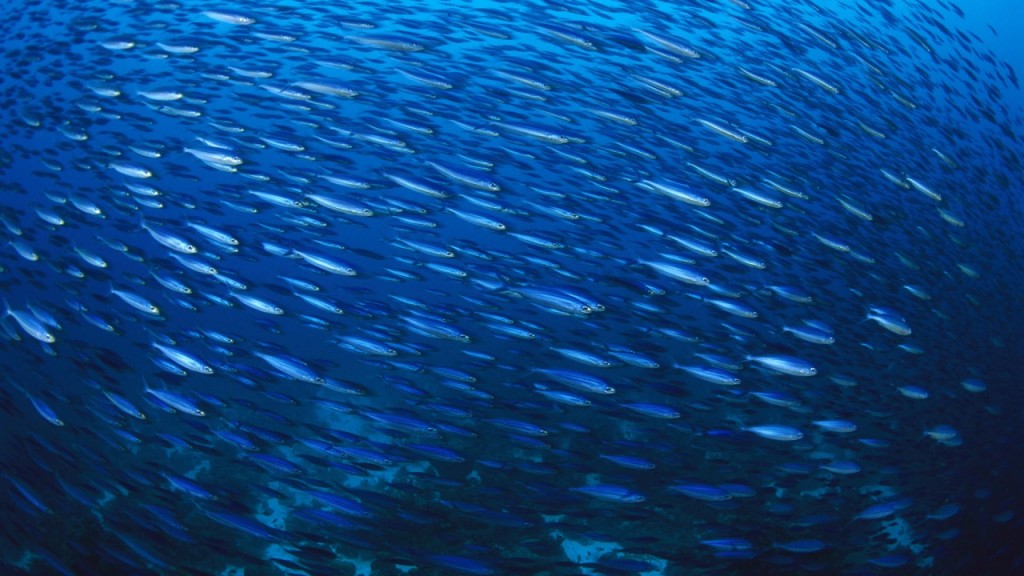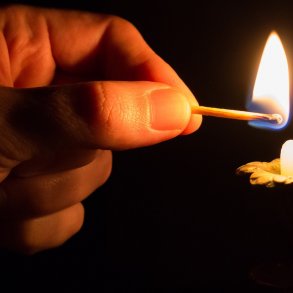By George Pór and originally posted here on Facebook
If and when self-management evolves into self-organizing where the members of the organization define jointly not only the modalities, but also the finalities, of their work, then they start behaving less like employees, more like partners.
Swarms refer to “cohesive groupings of individual members, all working together as a unified dynamic system, their collective behavior tightly coordinated by real-time feedback loops. Unlike discordant groups (i.e. crowds), swarms behave as unique entities, operating as a coherent unit that displays emergent intelligence, even emergent personality.” See [Louis Rosenberg’s blog Human Swarming and the future of Collective Intelligence.]

With that definition in mind, the question that pops up is this: what are the psychological, cultural and organizational conditions for next-stage organizations to make themselves available to the benefits of next-stage, AI-enabled technologies for swarming?
I saw a demo of the UNU software referenced in the article, two years ago, at the Collective Intelligence conference in Santa Clara, California. At that time it seemed to me too rudimentary to make a practical contribution to liberate the potential of collective wisdom from the ways of organizing work that is wasting collective wisdom. Since then, UNU might have evolved, and the movement of next-stage organizations certainly has evolved. I can hardly wait for their rendez-vous!
If any of you are working in or with a self-managing/self-organizing organization AND are also interested in how the UNU-like technologies can enhance the organization’s members’ collective decision-making, drop me a line, [email protected].

George Pór is an evolutionary thinker and a strategic learning partner to visionary leaders in business, government, and civil society. He is the originator of Enlivening Edge, and has been publishing the Blog of Collective Intelligence since 2003. A select list of his articles and book chapters on the fields of collective intelligence, organizational and social renewal can be found here. More about George’s work on the enlivening edge of planetary transformation is here.




